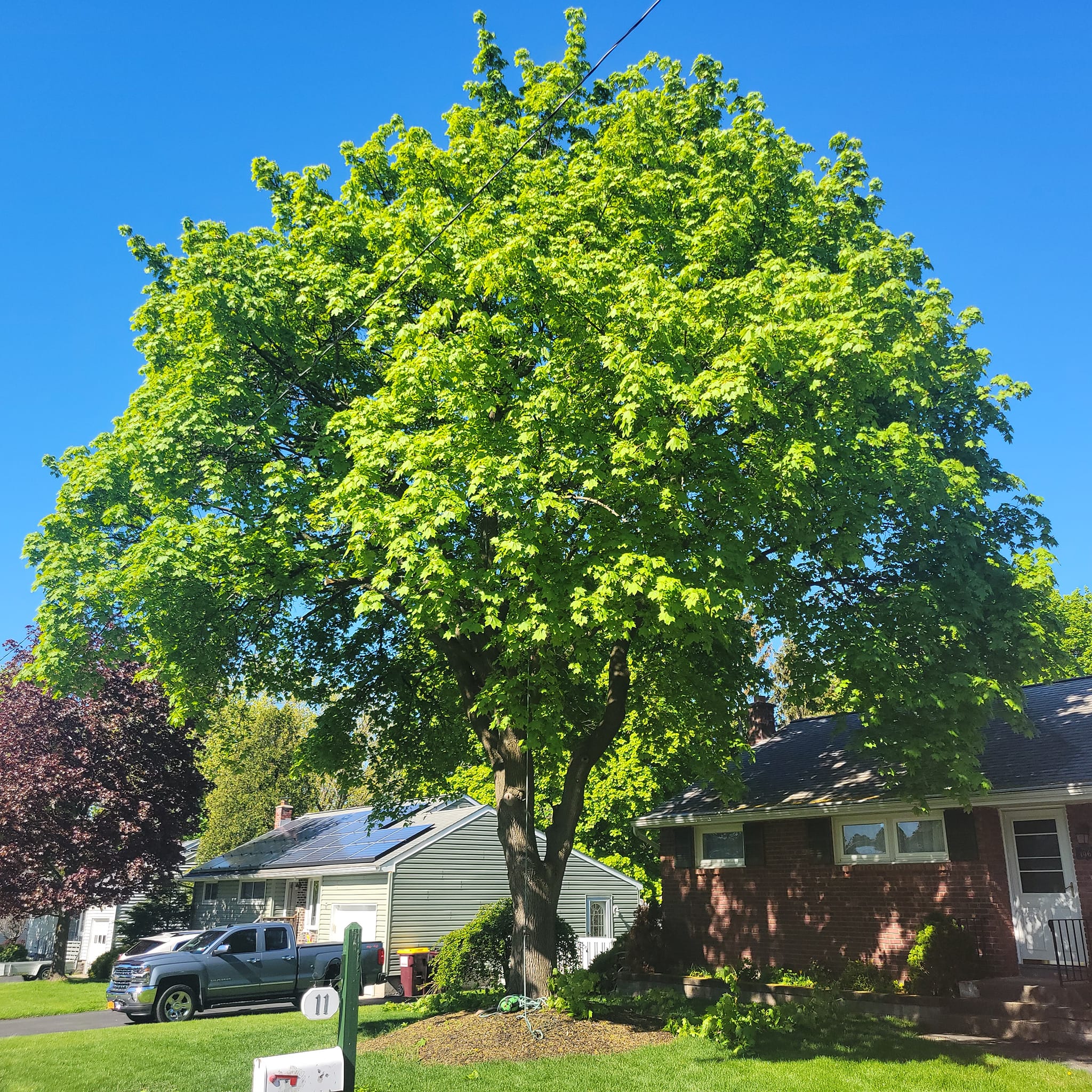
Discover the Magic of Native Plants: A Guide to Eco-Friendly Landscaping Nov 06, 2025
Native plants have evolved over thousands of years in specific regions, making them uniquely equipped to thrive in local climates. This means they require less water, fewer pesticides, and reduced maintenance compared to non-native species. For homeowners, this translates to a lush, vibrant garden that saves time and money while supporting local wildlife, such as pollinators like bees and butterflies.
Understanding the compatibility of native plants with your local environment is crucial. Before selecting plants, consider factors such as soil type, sunlight exposure, and available space. Many areas have local gardening centers or extension offices where you can seek guidance on the specific species best suited to your region. In addition, the USDA Plant Hardiness Zone Map can help determine which plants are most likely to thrive in your area.
When planning your eco-friendly landscape, diversity is key. A mix of native shrubs, trees, and perennials will provide year-round interest and support a range of wildlife. For instance, integrating flowering species like coneflowers and black-eyed Susans can add a splash of color and serve as valuable resources for pollinators. Trees such as oak or maple not only offer shade but also create habitats for birds and insects.
Creating a garden with year-round appeal involves strategic planning. Select plants that bloom in different seasons to ensure constant visual interest and consistent support for local fauna. For example, spring-blooming wildflowers can give way to summer perennials and autumnal foliage, ultimately leading to the stunning structure provided by winter berries and evergreens.
Maintenance is an integral aspect of landscaping. Although native plants are generally low maintenance, they still benefit from periodic care. Regular weeding, especially in the initial growth stages, is essential to prevent competition from invasive species. Additionally, mulching can be a valuable practice that assists in retaining soil moisture, suppressing weeds, and enhancing soil quality over time.
One of the most rewarding aspects of using native plants is their role in conservation. By opting for these plants, you're actively helping to sustain the natural ecosystem. Native plants provide critical habitats for wildlife and help restore balance to disrupted areas. By promoting biodiversity, your landscape not only becomes a private haven but also a valuable piece of the larger environmental puzzle.
As we consider the broader implications of our gardening choices, incorporating native plants presents an opportunity to align our personal spaces with global environmental goals. This approach, embraced by T's Trees, empowers homeowners to harness the magic of native plants to create sustainable, vibrant landscapes.
In conclusion, whether you are a seasoned gardener or a beginner, embracing native plants in your landscaping journey ensures a rich tapestry of beauty, sustainability, and ecological support. As you transform your garden into an eco-friendly oasis, remember that every plant chosen for its roots in the local environment strengthens the bond between humanity and the natural world. Let T's Trees guide your next landscaping project, and together, let's cultivate spaces that thrive today and endure for generations.
/filters:no_upscale()/filters:format(webp)/media/d1310ca5-b897-4b1d-a809-b62b51c5e065.jpeg)
/filters:no_upscale()/filters:format(webp)/media/d1310ca5-b897-4b1d-a809-b62b51c5e065.jpeg)